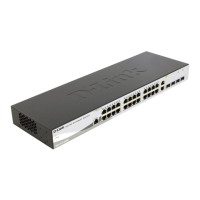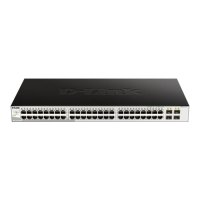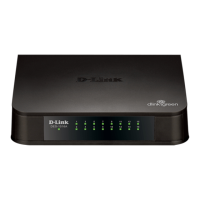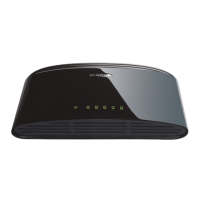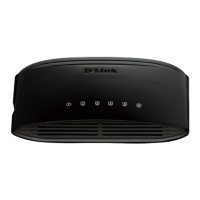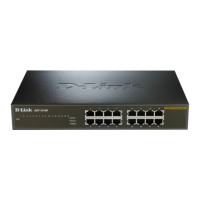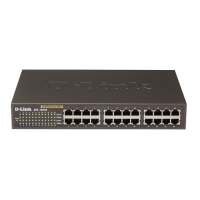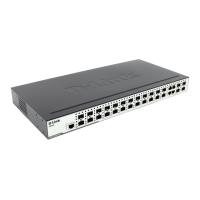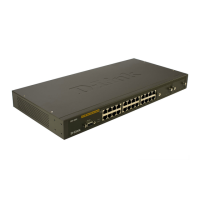DES-1228/ME Layer 2 Fast Ethernet Managed Switch
78
Figure 7- 9. VLAN Trunk Port Settings window
Trunking
Port trunk groups are used to combine a number of ports together to make a single high-bandwidth data pipeline.
The Switch supports up to six port trunk groups with 2 to 8 ports in each group. A potential bit rate of 800 Mbps can be achieved.
Figure 7- 10. Example of Port Trunk Group
The Switch treats all ports in a trunk group as a single port. Data transmitted to a specific host (destination address) will always be
transmitted over the same port in a trunk group. This allows packets in a data stream to arrive in the same order they were sent.
NOTE: If any ports within the trunk group become disconnected, packets intended for the discon-
nected port will be load shared among the other uplinked ports of the link aggregation group.
Link aggregation allows several ports to be grouped together and to act as a single link. This gives a bandwidth that is a multiple
of a single link's bandwidth.
Link aggregation is most commonly used to link a bandwidth intensive network device or devices, such as a server, to the
backbone of a network.
The Switch allows the creation of up to six link aggregation groups, each group consisting of 2 to 8 links (ports). All of the ports
in the group must be members of the same VLAN, and their STP status, static multicast, traffic control, traffic segmentation and
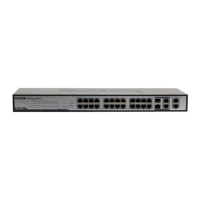
